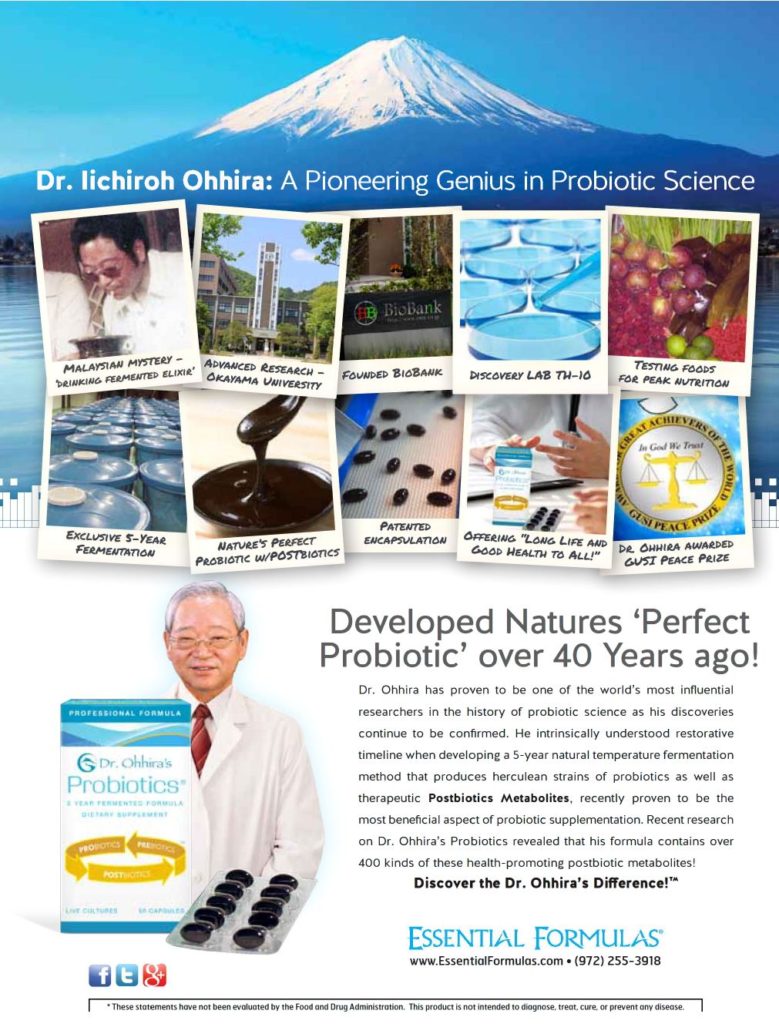By Andrea Gruszecki, ND
Introduction
The testing of immunoglobulin G (IgG) has been common in functional, naturopathic, and alternative clinical practices for years.1 New research is shifting the conventional medical perspective on IgG measurements, and human studies are proving that IgG-immune system interactions can result in chronic, delayed, inflammatory reactions.2,3 An improved understanding of the inter-relationship between various IgG immunoglobulin subclasses and IgE highlights the necessity of separate assessments for IgG subclasses 1-3 and IgG4. One of the likely reasons that it has taken so long for the science to catch up to clinical practice is that the early research was unable to differentiate the function and contribution of each individual IgG subclass during immune system activation. It is now clear that the use of total IgG (totIgG) in the evaluation of chronic inflammatory antigen (allergen) reactions is no longer appropriate. IgG subclass four (IgG4) is associated with immediate IgE-mediated reactions and has protective, anti-inflammatory properties, unlike the other potentially pro-inflammatory IgG 1-3 subclasses. The clinical management of IgG4/IgE differs from the management of the other IgG subclasses. To fully discern the nature of the immune system’s response to foods and environmental antigens, and to provide proper patient care, IgG4 must be evaluated independently from IgG 1-3, and not as totIgG.4
IgG4, IgE and Immediate Hypersensitivity Reactions
Antigens are good inducers of IgG1, IgG4 and IgE. Type I immediate hypersensitivity reactions (or anaphylaxis) typically occur after antigen sensitization, when IgE antibodies are formed against the antigen. With additional exposures, the IgE binds to receptors on mast cells and basophils, which release histamine and pro-inflammatory mediators. Mast cell and basophil activation via IgE receptors cause the symptoms associated with type I sensitivity.5 In patients with IgE-mediated allergy symptoms, increased production of allergen-specific IgE antibodies is observed, but often, there may be low production or lack of allergen-specific IgG1 and IgG4 antibodies due to acquired or inherited subclass deficiencies.6 Approximately 2.5% of the general population has an IgG subclass deficiency which results in lower IgG levels and may exacerbate type I IgE reactions and symptoms.7
In the majority of individuals, IgG4 antibodies are induced by T-regulatory cells and are formed following repeated or long-term exposure to an antigen. IgG4 may become the dominant subclass during chronic exposures, raising IgG4 levels.8 IgG4 antibodies can prevent IgE reactions through several mechanisms3:
- IgG4 can bind with receptors on mast cells and basophils, blocking IgE access. Unlike IgE, IgG4 binding does not promote the release of histamine or pro-inflammatory cytokines by basophils or mast cells.
- IgG4 induces the secretion of tolerant, anti-inflammatory cytokines from T-regulatory cells, reducing local and systemic reactivity.
- Circulating antibodies may be bound into complexes with IgG4. IgG4 is unique in that it often dissociates into two separate, smaller, monovalent antibody “chains.” The monovalent IgG4-antigen complex is small enough to be filtered and excreted by the kidneys before it deposits into tissues.
- IgG4 receptor binding may prevent pro-inflammatory, antigen-specific IgG1 and IgG3 “priming” of mast cells and basophils that carry both IgG and IgE receptors.
IgG and Hypersensitivity Reactions
Both complement activation and hypersensitivity reactions require multiple cell signals to manifest either tolerance or proinflammatory reactions. There are three types of hypersensitivity reactions mediated by immunoglobulin-antigen (Ig) interactions. Traditionally, type I immediate hypersensitivity has been considered IgE-mediated, while type IV hypersensitivity is considered an antibody-independent process.5 The remaining two types of hypersensitivity have different mechanisms, but both types can be mediated by IgG 1-3 complement activation.
Type II hypersensitivity causes IgG antibody-mediated cell damage when normally tolerated environmental antigens are bound by IgG antibodies to the surface of circulating blood cells such as platelets or red blood cells.9 The coated cells become targets for white blood cells, and the bound antibodies can either activate natural killer cells and cytotoxic T-cells or induce pro-inflammatory complement cascades that destroy the coated cells.10 Immune system T-cells program antibodies for type II reactions during a first exposure, and reactions may then occur with subsequent exposures. Type II hypersensitivity can be involved in autoimmune reactions against cell surface proteins or extracellular matrix proteins if the environmental antigen is chemically similar to body tissues.3 Classical type II reactions begin within 24 hours of exposure; these reactions commonly occur due to medication use, or as a response to infections (fungal, bacterial, viral). Medical conditions associated with type II hypersensitivity include loss of platelets (immune thrombocytopenia), loss of red blood cells (autoimmune hemolytic anemia), and loss of white blood cells (autoimmune neutropenia). Removal of the causative antigen resolves the symptoms over time.
After the initial antigen exposure, Ig antibodies begin to form in 4-10 days.10 Type III hypersensitivity occurs when these antibodies combine with circulating antigens to form larger molecular complexes that can either bind to receptors on mast cells and leukocytes or induce pro-inflammatory complement cascades. When an antigen is in excess, these large circulating IgG 1-3 immune complexes eventually deposit into joints or tissues and result in local inflammation and tissue damage. Type III reactions may also occur if there is a failure by the immune system to remove the antibody-antigen complexes. Medical conditions associated with Type III reactions include joint inflammation, blood vessel inflammation (vasculitis), kidney inflammation (glomerulonephritis), systemic lupus erythematosus, and rheumatoid arthritis.5







